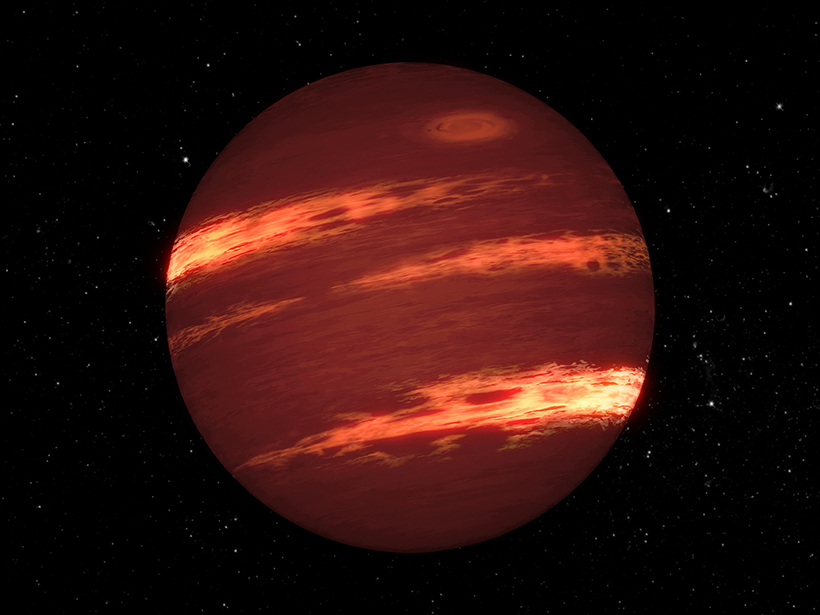The curtain is about to rise on the James Webb Space Telescope. Let’s see what’s in store for its opening act.
Spitzer Space Telescope
Record-Setting Winds on a Nearby Brown Dwarf
Infrared and radio observations reveal zonal winds moving faster than 2,000 kilometers per hour on a “failed star” in our celestial neighborhood.
Five Spitzer Discoveries About Solar Systems Near and Far
The powerful infrared space telescope is powering down after 16 years. It has revolutionized our understanding of solar systems, including hidden surprises in our own.
The “Yellowball” Catalog and the Citizen Science That Helped Define It
The online community of the Milky Way Project citizen scientists helped scientists identify compact star-forming regions now known as yellowballs.
Seven Earth-Sized Planets Seen Whizzing Around One Cool Star
Although all the exoplanets orbit closer than Mercury does to our Sun, liquid water may persist on some of them because their star radiates so little heat.
Space Telescope Findings Suggest Molten Planetary Surface
Researchers studying the super-Earth 55 Cancri e spotted some puzzling features that provide a new vision of the orb's surface.






